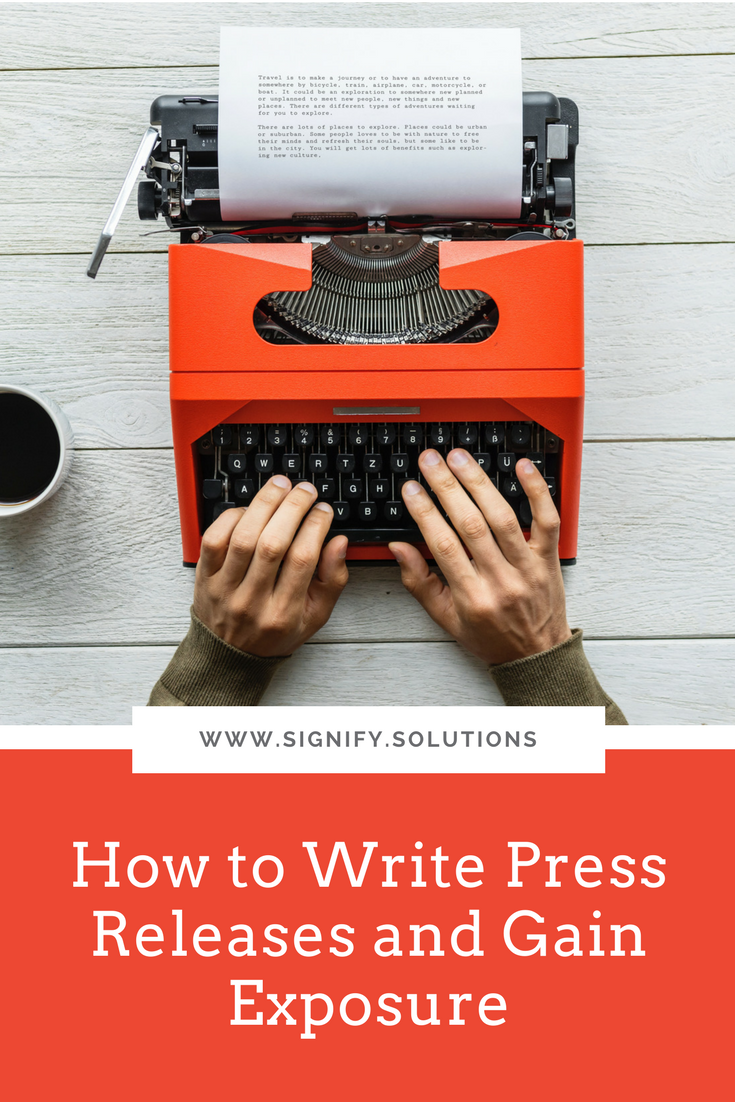Even with all the newfangled technology at our disposal, public speaking is still one of the best ways to get the word out about your cause. It’s an oldie, but a goodie. Plus, with the aid of technology, you now have more options than ever to speak publicly. It could be on a stage, radio, television, podcast, or video interview.
I repeatedly hear from clients and friends how their donations and sales were boosted after a speaking gig. That reason alone makes it a high priority for a lot of social impact organizations. And, if that’s the case for you, I’d like to give you one tip for making every speaking opportunity easier for both you and your host.
What’s the tip? Create a media kit. And it’s so simple to do you’ll wonder why you didn’t create it earlier.
So, let’s discuss what a media kit is, what goes into it, where it lives, and some best practices.
What Is A Media Kit?
Think of a media kit like your organization in a nutshell. It’s the basics that anyone would need for getting an overview of your nonprofit, social enterprise, or small business. That’s what makes this such a great tool to have on hand. Yes, all of this info can be found on your website, but by building a media kit, you’re going to make it very easy for your host to find everything they need in one place. (And that’s why they’ll love you!)
It’ll also help you look more professional, and you know that’s one thing I love to help people with. By creating a media kit, you’re showing your host that you’re a pro who can be taken seriously. And, by the way, that will make you more appealing as a speaker.
What Goes Into a Media Kit?
Assuming that you’re speaking on behalf of your organization, here are a few essentials that you should include:
Bio
Short organization overview
Headshot
Logo
Social media links
Contact info
If you want to get a little more fancy, here are a few other things you can add:
Bios of different lengths
Photos and/or videos of your work
Topics related to your area of expertise
Previous press mentions
Speaker one sheet
Statistics for your organization or your cause
Annual report
Awards
Info for taking a tour, reviewing a product, or receiving a free copy of your book
Think about things you regularly get asked by event hosts or podcasters and add it here for ease.
At some point in reading this, you may have wondered to yourself what the difference is between a media kit and press kit, so let me address that quickly. A media kit is the foundation. It has all those basic pieces we talked about. A press kit is generally used for launches and more timely information.
With a press kit, you’re going to give journalists and media outlets everything they need to write a story about you, possibly because it’s brand new and there’s not much info to be found online yet. So, a press kit might also include a press release, fact sheet, additional photos or videos, or story angles. Remember, anything included in a press kit is probably going to be more relevant for an upcoming timeframe, such as a launch.
Want an example? Here’s mine. I mostly use it for podcast interviews, so it’s fairly basic. No need to go overboard.
Where Should a Media Kit Live?
Back in ye, ol’ days of public relations, I created a lot of media and press kits when I worked at a boutique hospitality PR firm. And here’s the kicker—we mailed them! Yep, this was the early 2000s, and not everything was available online. I know, shocker. We were mailing paper packets with CDs. Then we got fancy and moved to USBs. But now, you can host everything on your website.
Where your media kit should live on your website depends on your goals. If speaking is a high priority for you, put it in a prominent place like your About page. You can add a blurb and link to an existing page or give it a tab in your website navigation. You may even need to add it in more than one place.
If speaking isn’t a high priority, and you just want to make your host’s job easier, then it can simply be a link sent via email. That’s the way my media kit is setup at the moment. I typically use it for podcast interviews, so you won’t find it in the navigation of my website. However, should things change, it’s a quick and easy fix.
Think about your goals and what makes sense when browsing through your website. Because you’re at a cause-focused organization, it may also make sense to add it to the ways people can support you.
Best Practices
As you can tell from what you’ve read so far, the goal of having a speaker media kit is to not only make your life easier, but your host’s life as well. It’s 2019, and no one wants to be emailed a bunch of attachments.
Plus, if you’re at a nonprofit or social enterprise that annually revises bios or head shots, then you only have one place to make updates. No wondering where the latest version is located.
Think about your media kit. Think about your goals. What should be included, and when should it be used? If it’s fairly basic, it can be used for many different situations.
But if you find yourself wanting to add a bunch of things, hold up a minute. You don’t want it to become a chore to look through. It should be a helpful tool that’s simple to navigate.
So, if your list has gotten a little out-of-control, then consider removing items or creating different kits for different purposes. For example, you may have one that’s tailored just for the book you wrote and another for the organization as a whole.
The beautiful thing about websites and media kits today is that they can be created and edited pretty quickly. In fact, you should be able to build a basic media kit in less than an hour. Finally, something you can add to, and take off, your To Do List in the same day!
Once you have your speaker media kit created, you’ll see how often it comes in handy, and then you’ll wonder why you didn’t do it sooner.
Have one that you love? Include it in the comments, or tell me how having one has helped you.
Pin This Post For Later:
I’m Kristi Porter, and I help cause-focused organizations understand and execute effective marketing campaigns so they can move from stressed to strategic. Your resources may be limited, but your potential isn’t. Whether you’re a nonprofit, social enterprise, or small business who wants to give back, I’ll show you how to have a bigger impact.




















































